Back to Courses

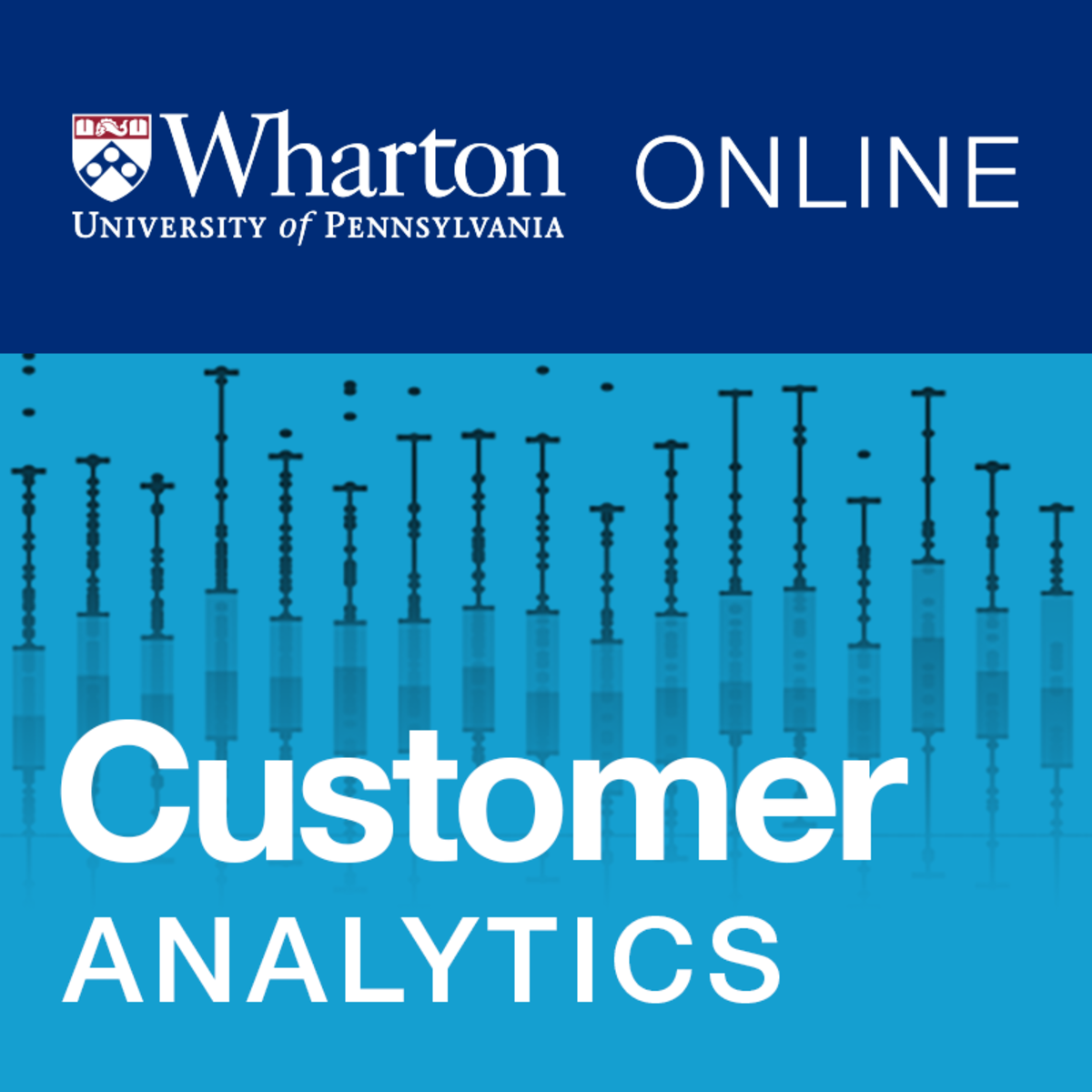

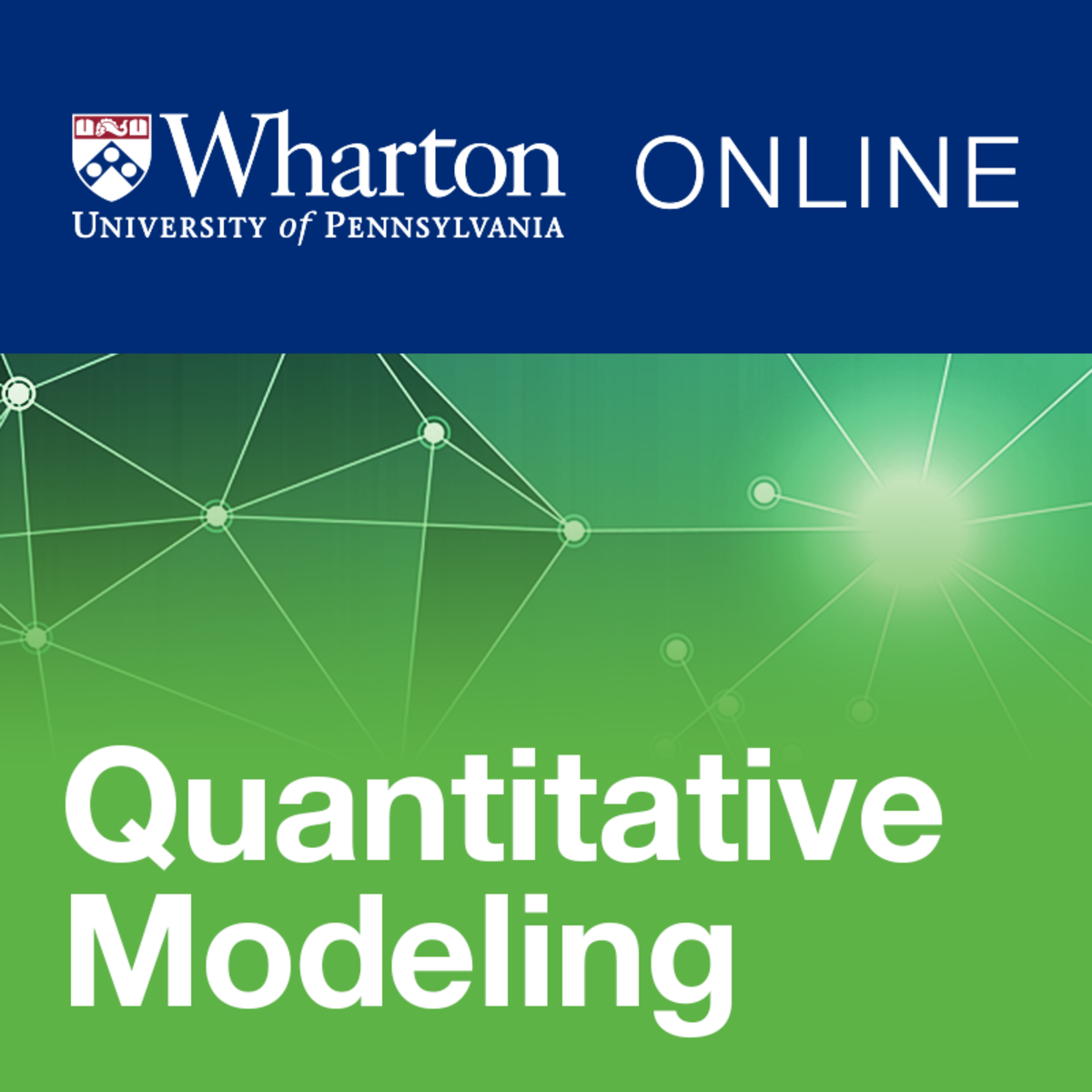
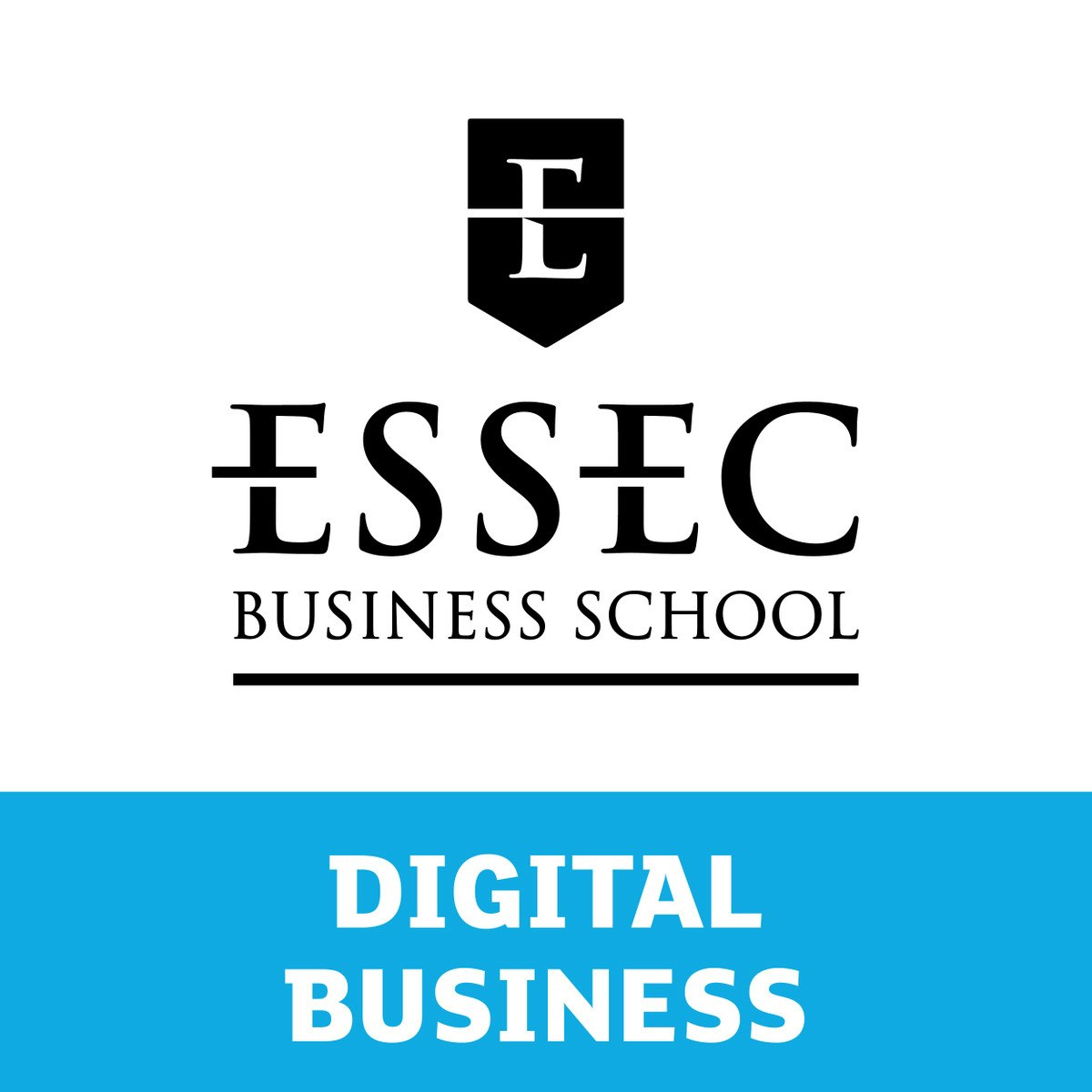
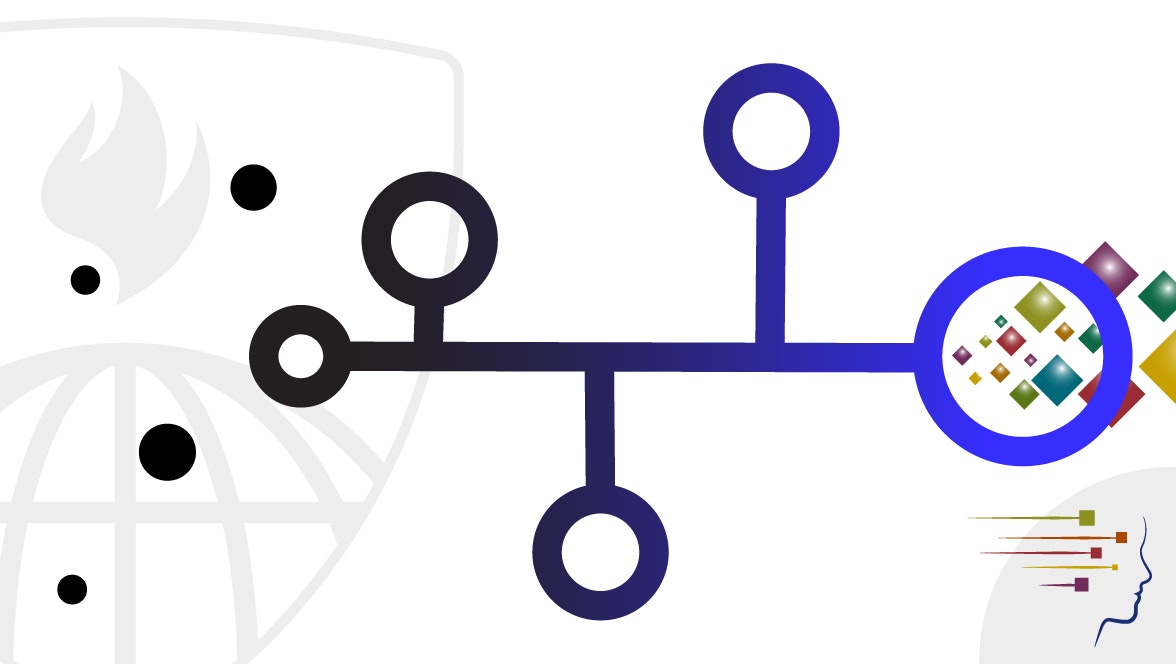

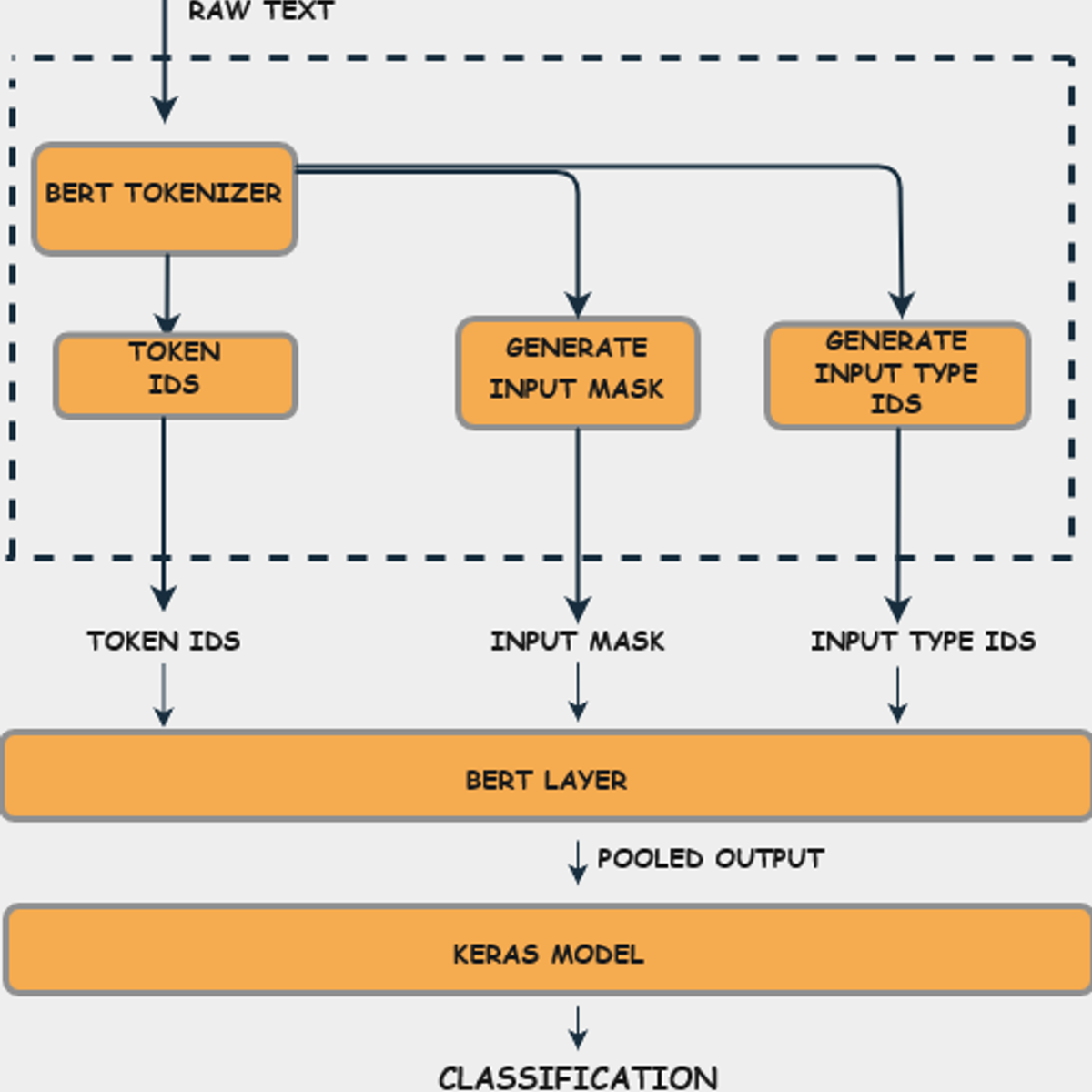

Data Analysis Courses - Page 94
Showing results 931-940 of 998

Data Visualization and Dashboards with Excel and Cognos
This course covers some of the first steps in the development of data visualizations using spreadsheets and dashboards. Begin the process of telling a story with your data by creating the many types of charts that are available in spreadsheets like Excel. Explore the different tools of a spreadsheet, such as the important pivot function and the ability to create dashboards and learn how each one has its own unique property to transform your data. Continue to gain valuable experience by becoming familiar with the popular analytics tool - IBM Cognos Analytics - to create interactive dashboards.
By completing this course, you will have a basic understanding of using spreadsheets as a data visualization tool. You will gain the ability to effectively create data visualizations, such as charts or graphs, and will begin to see how they play a key role in communicating your data analysis findings. All of this can be accomplished by learning the basics of data analysis with Excel and IBM Cognos Analytics, without having to write any code. By the end of this course you will be able to describe common dashboarding tools used by a data analyst, design and create a dashboard in a cloud platform, and begin to elevate your confidence level in creating intermediate level data visualizations.
Throughout this course you will encounter numerous hands-on labs and a final project. With each lab, gain hands-on experience with creating basic and advanced charts, then continue through the course and begin creating dashboards with spreadsheets and IBM Cognos Analytics. You will then end this course by creating a set of data visualizations with IBM Cognos Analytics and creating an interactive dashboard that can be shared with peers, professional communities or prospective employers.
This course does not require any prior data analysis, or computer science experience. All you need to get started is basic computer literacy, high school level math, access to a modern web browser such as Chrome or Firefox, the ability to create a Microsoft account to access Excel for the Web, and a basic understanding of Excel spreadsheets.

Introduction to Microsoft Excel
At the end of this project, you will be able to start a simple spreadsheet in Microsoft Excel. Being able to use Microsoft Excel will allow you to simplify many of your daily tasks at work but also at home. There is no limit to what you can use Microsoft Excel for, you can use it to plan the annual budget of your business, you can use it to track business expenses but you can also use it simply to keep inventory of all the books you own.

Customer Analytics
Data about our browsing and buying patterns are everywhere. From credit card transactions and online shopping carts, to customer loyalty programs and user-generated ratings/reviews, there is a staggering amount of data that can be used to describe our past buying behaviors, predict future ones, and prescribe new ways to influence future purchasing decisions. In this course, four of Wharton’s top marketing professors will provide an overview of key areas of customer analytics: descriptive analytics, predictive analytics, prescriptive analytics, and their application to real-world business practices including Amazon, Google, and Starbucks to name a few. This course provides an overview of the field of analytics so that you can make informed business decisions. It is an introduction to the theory of customer analytics, and is not intended to prepare learners to perform customer analytics.
Course Learning Outcomes:
After completing the course learners will be able to...
Describe the major methods of customer data collection used by companies and understand how this data can inform business decisions
Describe the main tools used to predict customer behavior and identify the appropriate uses for each tool
Communicate key ideas about customer analytics and how the field informs business decisions
Communicate the history of customer analytics and latest best practices at top firms

Overview of Connected Planning
Connected Planning is a technology-enabled approach to business planning that transforms the way organizations use their data, people, and plans. Decision makers, and ultimately the entire organization, plan and pivot with confidence when faced with changes, whether in an organization, the marketplace, or even the global economy.
From this Introduction to Connected Planning, you’ll understand its history in business modeling and scenario planning, the trends that make it essential to business success today, and the measurable impact that Connected Planning has had on organizations.
By the end of this course, you’ll be able to:
• Describe the key characteristics of Connected Planning
• Understand the history of Connected Planning and its roots in business modeling and scenario planning
• Explain why current events and trends are leading many organizations to adopt Connected Planning
• Articulate the benefits of Connected Planning
This course is presented by Anaplan, provider of a leading technology platform that is purpose-built for Connected Planning.

Fundamentals of Quantitative Modeling
How can you put data to work for you? Specifically, how can numbers in a spreadsheet tell us about present and past business activities, and how can we use them to forecast the future? The answer is in building quantitative models, and this course is designed to help you understand the fundamentals of this critical, foundational, business skill. Through a series of short lectures, demonstrations, and assignments, you’ll learn the key ideas and process of quantitative modeling so that you can begin to create your own models for your own business or enterprise. By the end of this course, you will have seen a variety of practical commonly used quantitative models as well as the building blocks that will allow you to start structuring your own models. These building blocks will be put to use in the other courses in this Specialization.

Foundations of strategic business analytics
Who is this course for?
This course is designed for students, business analysts, and data scientists who want to apply statistical knowledge and techniques to business contexts. For example, it may be suited to experienced statisticians, analysts, engineers who want to move more into a business role.
You will find this course exciting and rewarding if you already have a background in statistics, can use R or another programming language and are familiar with databases and data analysis techniques such as regression, classification, and clustering.
However, it contains a number of recitals and R Studio tutorials which will consolidate your competences, enable you to play more freely with data and explore new features and statistical functions in R.
With this course, you’ll have a first overview on Strategic Business Analytics topics. We’ll discuss a wide variety of applications of Business Analytics. From Marketing to Supply Chain or Credit Scoring and HR Analytics, etc. We’ll cover many different data analytics techniques, each time explaining how to be relevant for your business.
We’ll pay special attention to how you can produce convincing, actionable, and efficient insights. We'll also present you with different data analytics tools to be applied to different types of issues.
By doing so, we’ll help you develop four sets of skills needed to leverage value from data: Analytics, IT, Business and Communication.
By the end of this MOOC, you should be able to approach a business issue using Analytics by (1) qualifying the issue at hand in quantitative terms, (2) conducting relevant data analyses, and (3) presenting your conclusions and recommendations in a business-oriented, actionable and efficient way.
Prerequisites : 1/ Be able to use R or to program 2/ To know the fundamentals of databases, data analysis (regression, classification, clustering)
We give credit to Pauline Glikman, Albane Gaubert, Elias Abou Khalil-Lanvin (Students at ESSEC BUSINESS SCHOOL) for their contribution to this course design.

Getting and Cleaning Data
Before you can work with data you have to get some. This course will cover the basic ways that data can be obtained. The course will cover obtaining data from the web, from APIs, from databases and from colleagues in various formats. It will also cover the basics of data cleaning and how to make data “tidy”. Tidy data dramatically speed downstream data analysis tasks. The course will also cover the components of a complete data set including raw data, processing instructions, codebooks, and processed data. The course will cover the basics needed for collecting, cleaning, and sharing data.

Datastore: Qwik Start
This is a self-paced lab that takes place in the Google Cloud console.
This hands-on lab will show you how to store and query data in Google Cloud Datastore using the Google Cloud Platform.

Fine Tune BERT for Text Classification with TensorFlow
This is a guided project on fine-tuning a Bidirectional Transformers for Language Understanding (BERT) model for text classification with TensorFlow. In this 2.5 hour long project, you will learn to preprocess and tokenize data for BERT classification, build TensorFlow input pipelines for text data with the tf.data API, and train and evaluate a fine-tuned BERT model for text classification with TensorFlow 2 and TensorFlow Hub.
Prerequisites:
In order to successfully complete this project, you should be competent in the Python programming language, be familiar with deep learning for Natural Language Processing (NLP), and have trained models with TensorFlow or and its Keras API.
Note: This course works best for learners who are based in the North America region. We’re currently working on providing the same experience in other regions.

Forensic Accounting and Fraud Examination
Everyday across the world, thousands of businesses are victimized by fraud. Who commits these bad acts? Why? And, how? In this course we are going to help you answer the questions: who commits fraud, why and how. We’ll also help you develop skills for catching them.
Popular Internships and Jobs by Categories
Browse
© 2024 BoostGrad | All rights reserved


